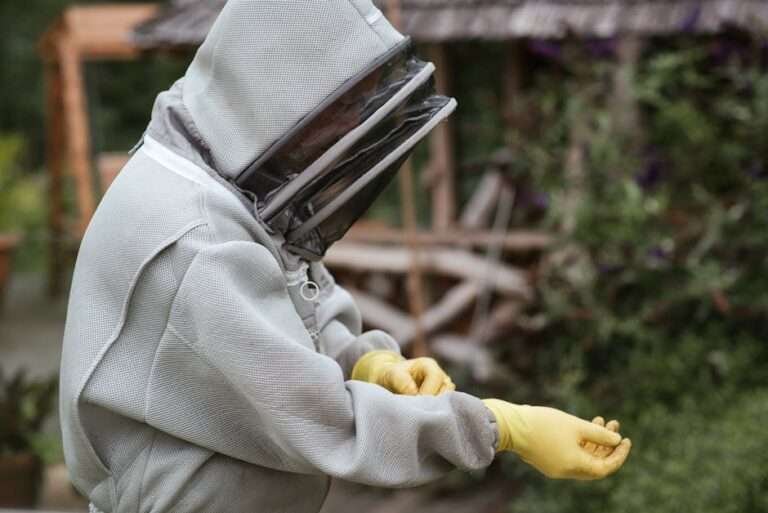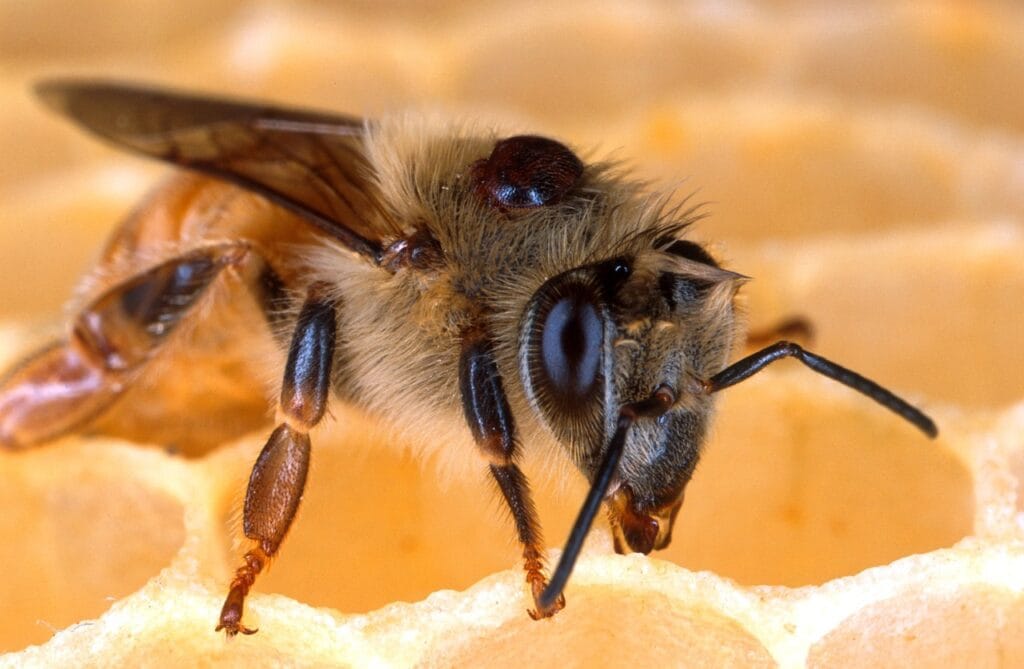Beekeeping is moderately labor intensive, but the commitment varies greatly depending on the number of hives, your management style, the season, and your level of experience.
Estimated Time Commitment for Hobbyist Beekeepers
- First Year: Expect to spend about 15–30 hours per hive for general care and inspections. This does not include time spent learning, researching, or preparing equipment, which can significantly increase the total[1][2].
- Ongoing Years: Most hobbyists with one or two hives can anticipate 1 hour every 1–2 weeks per hive during the active season (spring/summer), which comes out to about 26–40 hours per year for a single hive[1][2][3].
Spring requires the most attention (weekly inspections, swarm prevention), while fall and winter need far less—sometimes only monthly or bi-monthly checks[4][5][6].
Scaling Up
- Time per hive decreases with more hives, thanks to shared tasks and streamlined routines, but total hours still scale up.
- For large-scale (commercial) beekeepers, the commitment becomes full-time work, with 120+ hours per month during peak seasons for hundreds of hives[4][7].
Hidden Labor
- Immediate Action Needed: Unlike some hobbies, you often must act promptly if issues arise—waiting is not usually an option[8].
- Physical Demands: Tasks like lifting heavy hive boxes, preparing equipment, or extracting honey can be strenuous.
- Supplementary Learning: Seasoned beekeepers stress that additional hours will be spent researching, networking, and attending local clubs or meetings, especially early on[1][2].
Summary Table
| Scale | Hours per Week (peak) | Hours per Year (est.) | Notes |
| 1–2 hives | 0.5–1.5 | 15–40 | More in spring, less in winter |
| 10 hives | 2–3 | 40–60 | Shared tasks reduce time per hive |
| Commercial | 40+ | 1000+ | Full-time work; highly seasonal |
Key Points
- Most labor-intensive during spring (weekly) and honey harvest.
- Hands-on time is only part of the commitment; planning, recordkeeping, and education are ongoing responsibilities[7][5].
- Proper care is essential—neglect leads to losses.
In Summary
Beekeeping is not simply “set and forget”—it’s a steady, sometimes demanding hobby that rewards timely attention and ongoing learning[5][8][7].
⁂
- https://www.mannlakeltd.com/blog/thinking-about-keeping-bees-part-1-costs-time-intangibles/
- https://honeyfarmstarter.com/how-much-time-does-beekeeping-take/
- https://www.keepingbackyardbees.com/time-and-cost-of-beekeeping-zbwz1902zsau/
- https://entnemdept.ufl.edu/media/entnemdeptifasufledu/honeybee/pdfs/abj-field-guide-to-beekeeping/35,-December-2016,-Time-Commitment-Associated-with-Keeping-Bees.pdf
- https://www.newbeeuniversity.com/beekeeping-101-4-prerequisites-becoming-beekeeper/
- https://www.mountainfeed.com/blogs/learn/15522697-how-to-be-a-successful-beekeeper-to-bee-or-not-to-bee
- https://www.youtube.com/watch?v=-OGBpT4uW88
- https://www.reddit.com/r/Beekeeping/comments/o9sjfb/time_commitment_for_bee_keeping/



